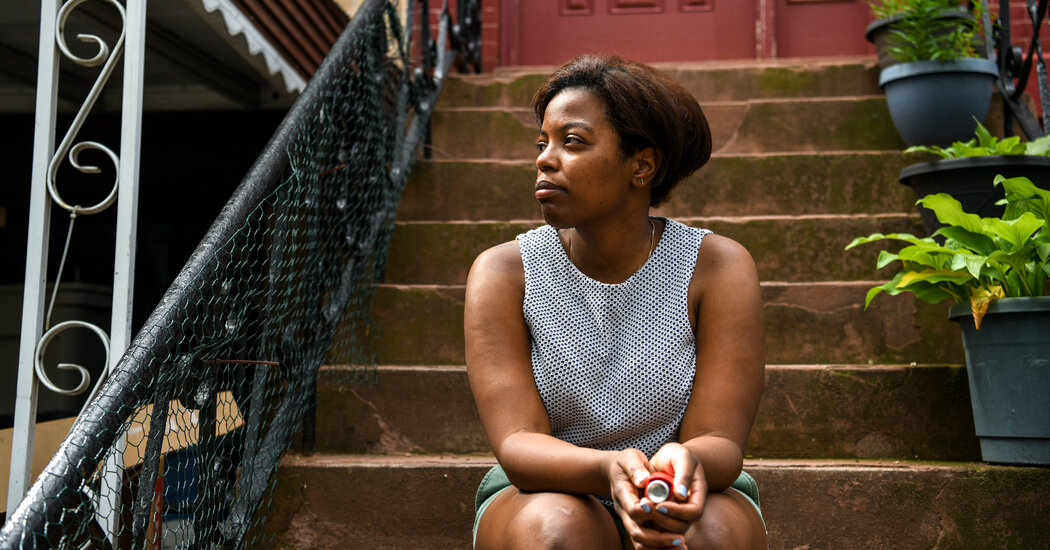
Penn developed a physical therapy program, which varies according to the severity of each patient’s symptoms. “For some patients who were really seriously affected and can’t do any activities, how do we build back to the housework that you have to do on a daily basis? How do we pace that out across the course of the day so you don’t have to do everything at once?”
For those with less severe symptoms, it’s a focus on gradually building back to activity, keeping the heart rate at 60 to 70 percent of their maximum at first. “If they tolerate it and are OK with it for a week or two weeks, we’ll build on that,” he said.
Long-haul Covid patients tend to “have a honeymoon period, maybe two or three weeks after the acute illness,” said Dr. R. Kannan Mutharasan, a cardiologist at Northwestern Memorial Hospital in Chicago and co-program director of sports cardiology. “They’re finally feeling back to themselves and say ‘I’m going to go out for a run,’” he said. But afterward, they notice they’re not feeling the way they used to. A few weeks later, they may experience “things like lightheadedness, or a rapid heartbeat even when walking.”
That’s what happened to one of his patients, Hannah Engle, 23, who was diagnosed with Covid-19 last July. She tried going for a run again in October, and her heart rate went up to 210 beats per minute. She is now on the “taking it slow” approach, but still hits setbacks if she overdoes it. In May, for example, she experienced chest pain and dizziness after what seemed like a simple workout with jumping jacks and stretching.
Ms. Engle had always been an active person. As a child, she competed in diving, cheerleading and gymnastics, and even did gymnastics at the club level through college. After graduating, she continued to stay active through CrossFit, weight lifting and running 5Ks while working in Arlington, Va., to encourage people to go into the STEM fields — science, technology, engineering and math.
